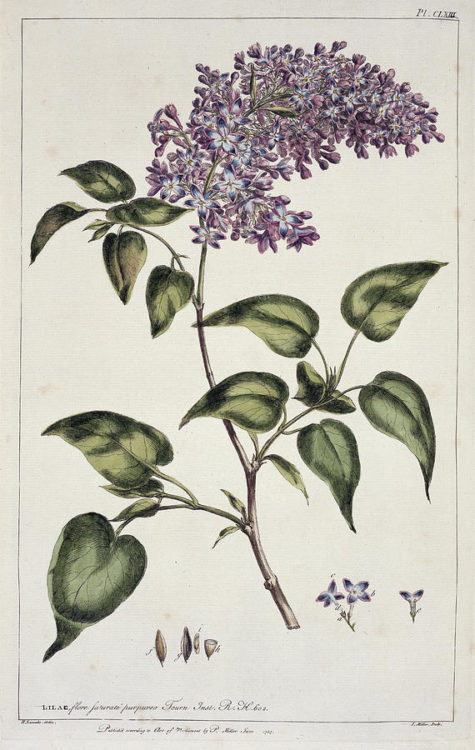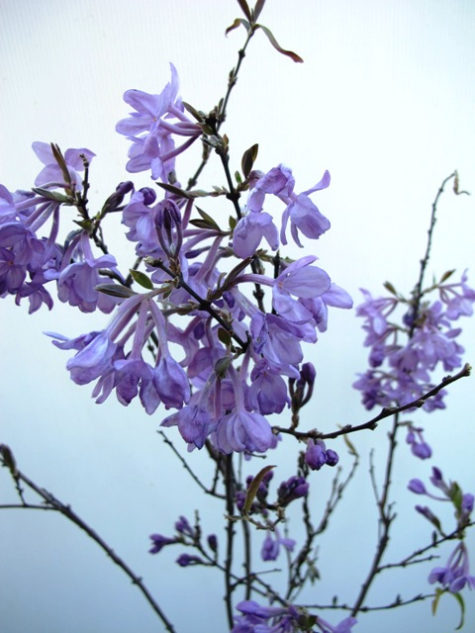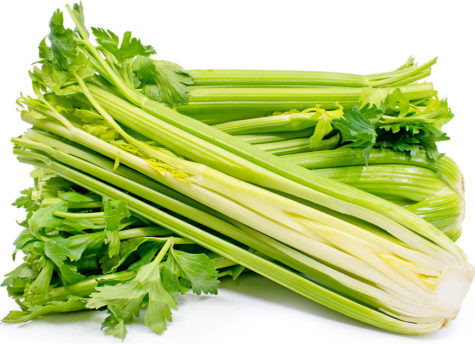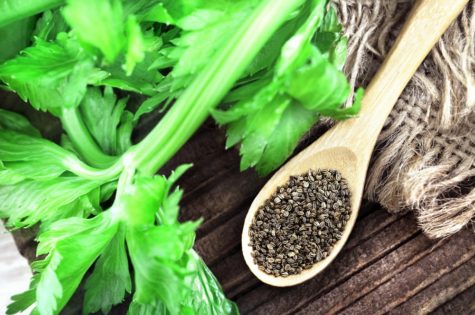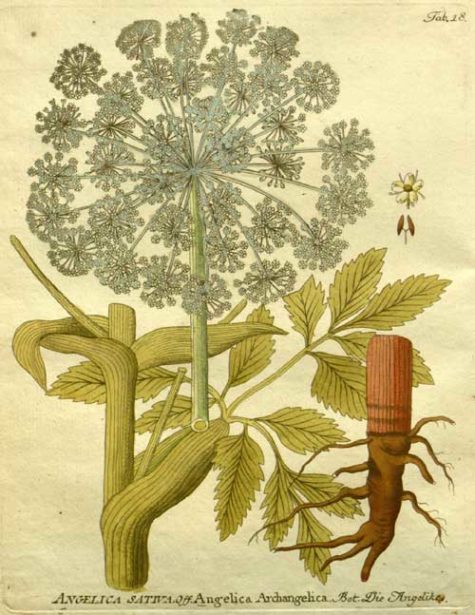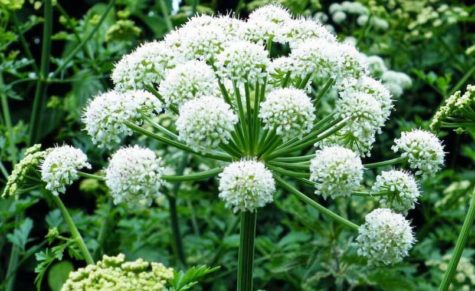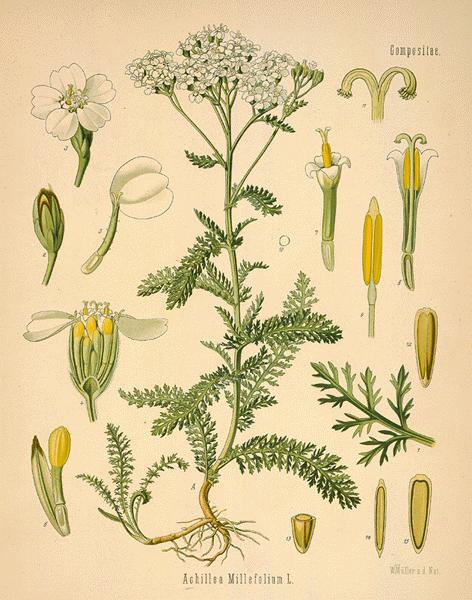Aromatic
Lilac
- Scientific name: Syringa vulgaris
- Plant Family: Oleaceae
- Parts Used: Leaves, flowers, fruit
- Medicinal Actions: Vermifuge, Tonic, Febrifuge, Astringent, Aromatic
Medicinal uses are a gray area when it comes to just the flower. Most resources that I have found list that the medicinal benefits of Lilac come from the leaves and fruit.
Lilacs are edible. They symbolize first love and are said to drive away ghosts. They have long been used in both the Eastern and Western healing traditions to fight fevers, treat coughs and calm the stomach. Lilacs are also used by the cosmetic industry for their aromatic and calming effects.
Apparently used as a tea or infusion historically it has been used as a anti-periodic. Anti-periodic basically means that it stops the recurrence of disease such as malaria. There has been some studies that indicate a febrifuge action which may help bring down fever.
Lilac flowers have astringent, aromatic, and perhaps a little bitter qualities. Astringents tighten, draw, and dry tissues such as skin. So a wonderful application would be a cold or warm infusion to use as a toner on the face. Or using the same method but apply to rashes, cuts, and other skin ailments.
An aromatic action causes irritation to the place that it is touching (think GI tract) and irritation brings blood flow and blood flow equals healing! Eating the flowers raw may help with gastric issues such as flatulence or constipation.
In aromatherapy the fragrance of Lilacs is recommended to patients who suffer from chronic depression and anxiety. Lilac blossoms can be added to your bath for a soothing aromatherapy remedy for stress and anxiety.
Synthetic Lilac oil is commonly used in commercial perfumes. however making an herbal infused oil may be a great way to capture the aromatics for healing purposes (see recipe below). It is also wonderfully fragrant. Lilac oil can be applied to the skin for the treatment of various skin problems as rashes, burns and wounds. May also be used as a substitute for Aloes and in the treatment of malaria.
The flowers are edible and have some medicinal qualities. I have to say eating even a single flower raw is a flavor exploding experience with slight astringency (drying to tissues), almost bitter, and very floral. I would say these are best for garnishes and edible flower displays on pastries rather than whole meals.
The plant is administered in the form of herbal tea (a quantity of dried flowers in boiled water, 2-3 times a day). Chewing the leaves is recommended for its astringent action and to improve the sore throat. Folk medicine also recommends chewing the leaves for dyspepsia, flatulence, diarrhea and rheumatism. The herbal tea is used against helminths, malaria, sore throat and fever.
Lilacs were used in Colonial America as a vermifuge (treat intestinal worms), to reduce fevers and to treat malaria. Lilacs steeped in warm spring water for 30 minutes, strained, bottled and refrigerated can be used on the face as a tonic and as a healing spritz for some facial afflictions.
Lilacs have been used to treat diphtheria (both internally and as a gargle). Lilac tea can be used as a hair tonic. Michael Moore indicates that the California Lilac is:
“An excellent home remedy for menstrual cramps, nosebleeds, bleeding hemorrhoids, and old ulcers as well as capillary ruptures from coughing or vomiting.
California Lilac roots are harvested in the late fall when the color is darkest or in early spring before the plants flower. The plants are tough and wiry, the roots even more so, so harvest them while the roots are fresh as after drying, you may need a jack hammer.”
Lilacs steeped in warm spring water for 30 minutes, strained, bottled and refrigerated can be used on the face as a tonic and as a healing spritz for some facial afflictions.
- Lilac Infusion
Pour 2 1/2 cups boiling water over 2 cups (packed) of Lilac flowers, cover and allow to cool. Allow the infusion to sit 8 hours, or overnight. Strain the flowers from the liquid using a coffee filter, you should have about 2 1/4 c. liquid.
Lilac blossoms are natural astringents–they dry things out. Place a cup or two of slightly wilted flowers in a jar, and fill with witch hazel. Allow it to steep for a few days, and then strain out the flowers. Use the Lilac and witch hazel blend as a facial toner, to keep your skin looking healthy and fresh all summer.
Important Note:
There are two other plants that can sometimes be confused with the Lilac. Syringa Baccifera is a synonym of Mitchella repens or Partridge Berry and MUST NOT be confused with Syringa vulgaris.
Also, in Chinese Medicine, there is a plant called Lilac Daphne,(yuán huā). This plant must be used with care and only by experienced herbalists, as parts of it are poisonous. Much of the confusion with those two plants come from the similarity of names. However the Lilac Daphne looks very similar as you can see in the image above. Continue reading
Celery
- Scientific Name: Apium graveolens var. dulce
- Plant Family: Umbelliferae
- Parts Used: Leaves, Stalks, Seeds, Roots
- Actions: Digestive, Stimulant, Diuretic, Anti-rheumatic, Carminative, Sedative, Aromatic
This is the cultivated celery, introduced into Britain in the late 17th century from Italy, replacing as a potherb the acrid little wild celery, known as “smallage,” that grows in salt marshes and river estuaries in Britain and Europe.
Some people use celery on the skin to repel mosquitoes. Some people also take celery by mouth for conditions such as menstrual cramps, prediabetes. Unblanched celery is rich in vitamins and mineral salts. It is a digestive and stimulant with a reputation for lowering blood pressure.
Celery seeds find their main use in the treatment of rheumatism, arthritis, and gout. They are especially useful in rheumatoid arthritis where there is an associated mental depression. Their diuretic action is obviously involved in rheumatic conditions, but they are also used as a urinary antiseptic, largely because of the volatile oil apiol.
Appearance
The leaves are smooth, shining, yellow-green and feathery, and the fleshy ridged stem is a bright green unless blanched pale. It is a biennial, umbels of white flowers appearing in late summer during the second year, followed by dark, ridged seeds.
Habitat and Cultivation
Celery thrives in cool, mild climates and requires high levels of moisture. Growing to a height of 15-24 inches, celery has long, fibrous petioles formed by conically arranged stalks joined at the base that surround the heart of the celery plant. The stalks each produce three to five bright green, pinnate leaves at the tip of the stalk.
Celery’s small white or yellow flowers appear in umbels from January to August during the plant’s second year of growth. The celery fruits, or schizocarps, consist of two united carpels (mericarps), each containing a brown, ridged, ovoid-shaped, very small seed, approximately 1.3 mm in length. These fruits, known in commerce as “celery seed,” have a floral odor and slightly pungent taste, and typically ripen in August and September.
Celery is cultivated worldwide. Celery’s Latin binomial, Apium graveolens, translates to “strongly smelling” and alludes to celery’s aromatic compounds.
Cultivated celery has been bred for its elongated, thick, fleshy, ribbed, milder-tasting stalks, while wild celery is grown for its bitter leaves. By the early 19th century, four varieties of celery were cultivated in the United States, where the plant gained popularity as a salad vegetable.
Three varieties of celery are the most commonly cultivated:
- Chinese celery (var. secalinum), which is used sparingly as a condiment due to its strong, bitter taste.
- Stalk celery (var. dulce), which is eaten raw in salads or cooked.
- Celeriac or “turnip-rooted celery” (var. rapaceum), which is grown for its enlarged root. Celeriac is popular in European cuisine and its seeds also are used for making commercial celery salt.
Medicinal Uses
Cooling thermal nature; sweet and bitter flavor, Celery benefits the stomach and spleen-pancreas and calms an aggravated liver. It improves digestion, dries damp excesses, purifies the blood, reduces wind conditions such as vertigo and nervousness, and promotes sweating.
Also used for heat excesses such as eye inflammations, burning urine, blood in the urine, acne, and canker sores. It will cool internal heat in the liver and stomach, which often contributes to headaches and excessive appetite, among other maladies.
For appetite control, raw celery can be eaten between and during meals. To slow down and encourage more thorough chewing of food, eat celery with a meal.
Celery is one of the few vegetables that combines well with fruit, as it has an ability to dry damp conditions, including those associated with eating fruit and concentrated sweeteners.
Celery juice combined with a little lemon juice is a remedy for the common cold when fever is more prominent than chills. The combination is helpful in headaches caused by high blood pressure or by heat conditions (red face, head feels hot, red tongue, and/or irritability).
Celery juice alone or in combination with lemon is useful for diabetes and helps clear the acidosis commonly caused by diabetes. For this purpose, drink 2 to 4 cups of the juice daily.
Very high in silicon, celery helps renew joints, bones, arteries, and all connective tissues. Because of these effects and the capacity of celery to clear digestive fermentation (dampness) and acidic blood that frequently accompany tissue inflammations, it is useful in the treatment of rheumatism, arthritis, gout, and nerve inflammations.
Both the stalks and roots are used in the East and West to treat high blood pressure and are a safe remedy for high blood pressure during pregnancy.
It is thought that the chemicals in celery can have many effects on the human body, including lowering blood pressure and blood sugar and causing sleepiness, but there is limited research to support these proposed effects. Chemicals in celery seem to reduce the ability of bacteria to cause urinary tract infections (UTIs).
Celery seeds, leaves, stem, and root are used in a variety of traditional medicine systems, including the Unani tradition of ancient Persia and Arabia, Indian Ayurveda, and Chinese herbal medicine. As an herbal preparation, celery seeds were consumed fresh or as a water decoction, or the seed powder or extracts were used. Continue reading
Angelica
- Scientific Name: Angelica archangelica
- Plant Family: Umbelliferae
- Parts Used: Root, seed, stems
- Actions: Alterative, Antimicrobial, Aromatic, Bitter, Carminative, Circulatory Stimulant, Diaphoretic, Diffusive, Emmenagogue, Expectorant, Grounding, Nervine
Notes: Angelica archangelica is not the same plant as Chinese Angelica (A. sinesis), often referred to as dong quai or dang gui. There are about 30 varieties of Angelica, but Angelica archangelica is the only one officially employed in medicine.
Cautions: Use care when wildcrafting, as it resembles both Queen Anne’s Lace (a benign wild carrot) and Water Hemlock (a poisonous plant).
The Basics:
Angelica is a stunning white flower that looks like a white starburst exploding across the green hillsides. One of Iceland’s most cherished herbs, it is not only beautiful, but also appreciated as a nutritious food, a liqueur and an herbal remedy. The roots and stems can be boiled or pickled and are considered a delicacy in all of Scandinavia. The stems were used to make a musical flute, as well as flavor reindeer milk or be crystallized in sugar for desserts.
Angelica is a veritable giant in the herb world. The towering plant is widely traveled and has a background rich in herbal lore. Use has been made of leaves, stems, roots, and seeds in cooking and in medicine.
Angelica is used for heartburn (dyspepsia), intestinal gas (flatulence), loss of appetite (anorexia), overnight urination (nocturia), arthritis, stroke, dementia, circulation problems, “runny nose” (respiratory catarrh), nervousness and anxiety, fever, plague, and trouble sleeping (insomnia).
According to WebMD, Angelica contains chemicals that might kill cancer cells and fungus, reduce anxiety, and settle the stomach.
Some women use Angelica to start their menstrual periods. Sometimes this is done in hopes of causing an abortion. Angelica is also used to increase urine production, improve sex drive, stimulate the production and secretion of phlegm, and kill germs.
Some people apply Angelica directly to the skin for nerve pain (neuralgia), joint pain (rheumatism), and skin disorders. In combination with other herbs, Angelica is also applied to the skin for treating premature ejaculation.
Angelica is also used as a smell in aromatherapy to reduce symptoms associated with quitting tobacco (nicotine withdrawal).
It should be noted that Angelica has a tendency to increase the sugar in the urine, so those with a tendency to diabetes should avoid it.
A strong volatile oil is present in all parts of the plant, but especially in the root, and Angelica is effective as a general tonic. Eating Angelica stalks is said to relieve flatulence and soothe “a feeble stomach.”
Drinking Angelica tea is said to promote urine and perspiration. It is also reputed to cause a strong dislike for alcohol and is sometimes used as a treatment for alcoholics.
Strain the tea to make a cool bath for tired eyes or a wash to cleanse the skin. The scented leaves are an ingredient in potpourri. Bees and wasps are attracted by the abundant nectar on Angelica flowers.
Continue reading
Yarrow
- Scientific Name: Achillea millefolium
- Plant Family: Compositae
- Parts Used: The whole plant – stems, leaves, flowers, collected in the wild state, in August, when in flower.
- Actions: Diaphoretic, Hypotensive, Astringent, Diuretic, Antiseptic, Anticatarrhal, Emmenagogue, Hepatic, Stimulant, Tonic, Mild Aromatic
The Basics:
Yarrow is a wound herb, astringent and healing, and rich in vitamins and minerals. Bind bruised fresh leaves to cuts, or make an ointment by pounding the flowers and mixing with coconut oil, or bathe wounds with yarrow tea. The tea is also a good tonic drink, it restores lost appetite and promotes perspiration during colds and fevers. Chew fresh leaves to soothe toothache.
Yarrow also lowers blood pressure due to a dilation of the peripheral vessels. It stimulates the digestion and tones the blood vessels. As a urinary antiseptic it is indicated in infections such as cystitis. It is considered to be a specific in thrombotic conditions associated with high blood pressure.
The flowers are often steamed and inhaled to treat hay fever and asthma and in teas for respiratory problems, as a wash for eczema and other skin conditions; and in chest rubs for cold, flu, and inflamed joints. Continue reading
Rennie Luttrull: queen-annes-lace-seeds
Rosanna: Spignel aka Bald Money
Annamarie Squatrito: Fumitory
EILEEN Klinghagen: Pumpkin
Mahmudul Hasan: Celery
